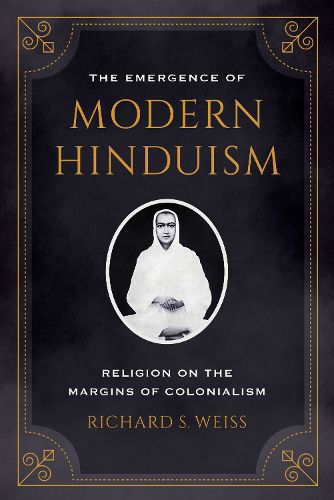Readings Newsletter
Become a Readings Member to make your shopping experience even easier.
Sign in or sign up for free!
You’re not far away from qualifying for FREE standard shipping within Australia
You’ve qualified for FREE standard shipping within Australia
The cart is loading…






A free open access ebook is available upon publication. Learn more at www.luminosoa.org.
The Emergence of Modern Hinduism argues for the importance of regional, vernacular innovation in processes of Hindu modernization. Scholars usually trace the emergence of modern Hinduism to cosmopolitan reform movements, producing accounts that overemphasize the centrality of elite religion and the influence of Western ideas and models. In this study, the author considers religious change on the margins of colonialism by looking at an important local figure, the Tamil Shaiva poet and mystic Ramalinga Swami (1823-1874). Weiss narrates a history of Hindu modernization that demonstrates the transformative role of Hindu ideas, models, and institutions, making this text essential for scholarly audiences of South Asian history, religious studies, Hindu studies, and South Asian studies.
$9.00 standard shipping within Australia
FREE standard shipping within Australia for orders over $100.00
Express & International shipping calculated at checkout
A free open access ebook is available upon publication. Learn more at www.luminosoa.org.
The Emergence of Modern Hinduism argues for the importance of regional, vernacular innovation in processes of Hindu modernization. Scholars usually trace the emergence of modern Hinduism to cosmopolitan reform movements, producing accounts that overemphasize the centrality of elite religion and the influence of Western ideas and models. In this study, the author considers religious change on the margins of colonialism by looking at an important local figure, the Tamil Shaiva poet and mystic Ramalinga Swami (1823-1874). Weiss narrates a history of Hindu modernization that demonstrates the transformative role of Hindu ideas, models, and institutions, making this text essential for scholarly audiences of South Asian history, religious studies, Hindu studies, and South Asian studies.